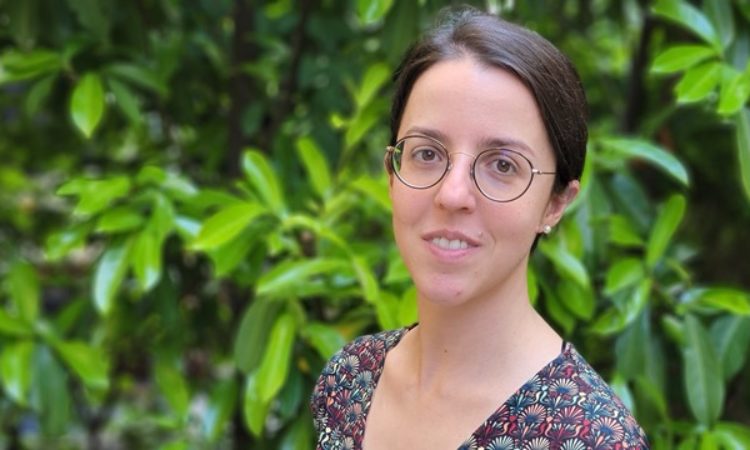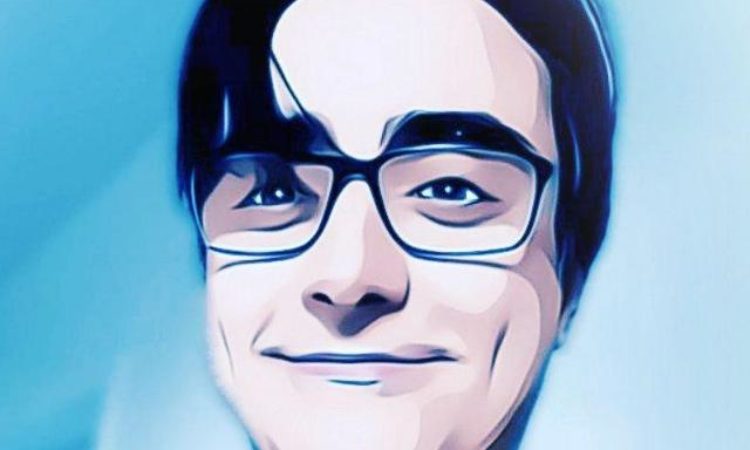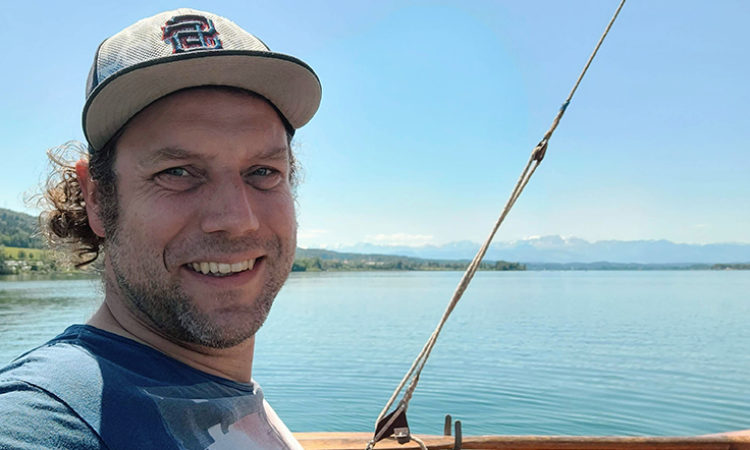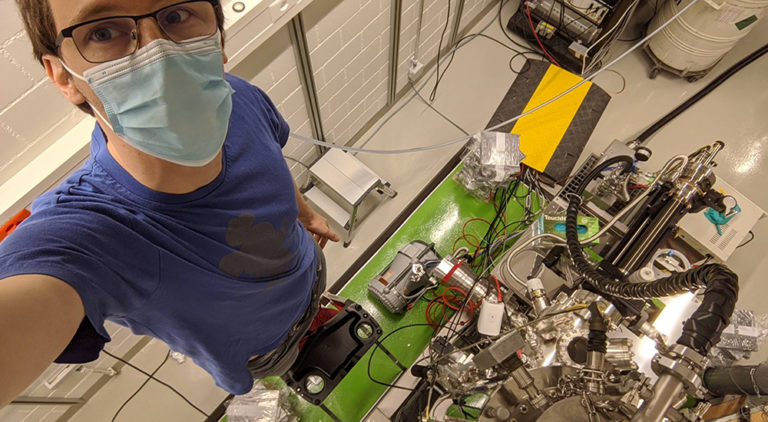Talk with Philip Moll MaNEP Member, Professor at EPFL and research group leader at Max Planck Institute
- Please tell us about your main research interests during these last years ?
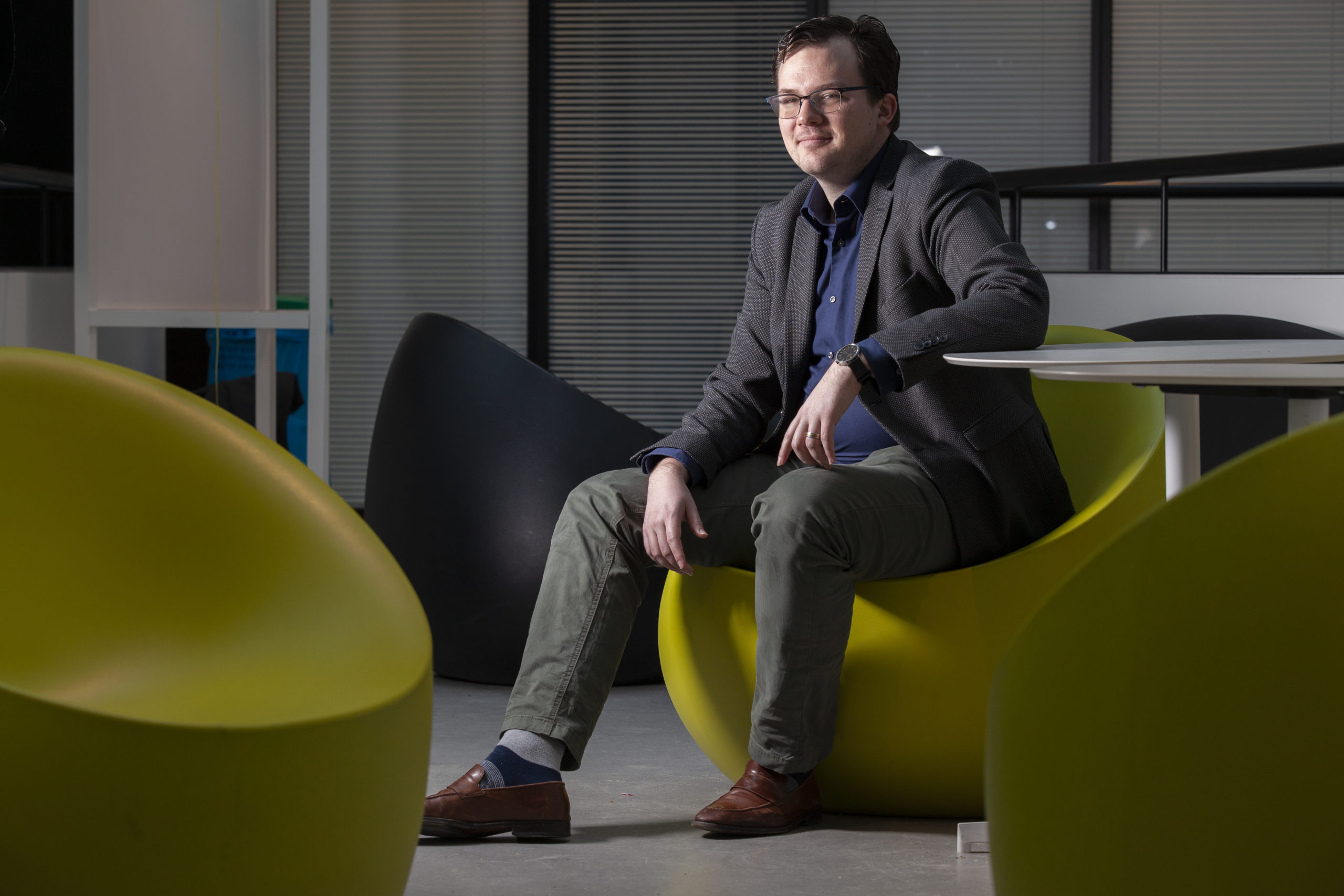
I am fascinated by materials in which the physical properties strongly depend on size and shape ofa sample, especially in the context of strongly interacting electron systems and topological materials. In new and chemically complex materials, one rarely has the luxury to work with large scale crystalline samples – typical samples are small, polycrystalline or even simple powders. To still study them, I worked on advancing Focused Ion Beam (FIB) machining based techniques into our field. This started during my PhD thesis, when I was interested in the vortex matter in ~0.1mm sized crystals of the iron-based high temperature superconductor SmFeAs(O,F). The FIB allows oneto control the shape of the sample on the sub-micron level, and can fabricate anything from simple bars to complex crystalline circuitry our of a single grain in a powder. I then got interested in topological semi-metals, and I joined James Analytis’ group at UC Berkeley to learn from one of the leading experts in the field. I mainly studied size dependent transport phenomena in Dirac- and Weyl-semi-metals. I frequent the Los Alamos high magnetic field laboratory, and there I also came into contact with heavy fermion metals. It struck me that size dependent question have never been looked at – simply because of the lack of technology. How the heavy Fermi liquid emerges in small samples has been a main part of my research at my group at the Max-Planck-Institute for Chemical Physics of Solids in Dresden.
- What is the achievement you are the proudest of ?
My baby daughter Aurora! Scientifically, I believe it is my advancement of the FIB technology into the correlated materials community. This has been done before, yet not in one focused effort on a large variety of materials. The main challenge arises from the ion-beam interactions with the samples, and the unavoidable presence of a highly damaged yet thin (~10-20nm) surface layer. Disentangling the intrinsic physical properties from the extrinsic ones is a key challenge, especially as there were no reference works in this field. I believe by thorough work and systematic studies my group was able to show that this is a fruitful path to find new phenomena and behaviours. On specific projects, two come to mind. I was incredibly fortunate to learn topological physics from Ashvin Vishwanath and James Analytis. We were investigating quantum coherent transport between two opposite surfaces of Dirac semi-metals in strong magnetic fields, combining the Fermi arc surface states with the bulk chiral Landau level to a new orbital motion, the “Weyl orbit” [Nature 535, 266–270 (2016)]. To me, we had the first glimpse into the potential of FIB machining. There was a prediction that this orbit would become unobservable in samples with triangular cross-section that are smaller than the mean-free-path (~1 micrometer). Clearly polishing a crystal rod into a triangular cross-section by hand is challenging, yet at that length scale it is really impossible. As the FIB can easily structure crystals in 3D, we could fabricate such a sample and saw striking signatures of the effect. Secondly, Andy Mackenzie has introduced me to PdCoO2, a seemingly simple, single band metal. For a still unknown reason, it is extraordinarily clean and it continues to surprise us with ever more unexpected behavior. My student Maja Bachmann has really advanced the FIB machining from simple geometric patterns to full-flagged crystalline quantum circuits. We now have arrived at the stage where we can fabricate functional devices out of oven-grown crystals, and it will be exciting to see what follows.
- What are your new challenges for the future ?
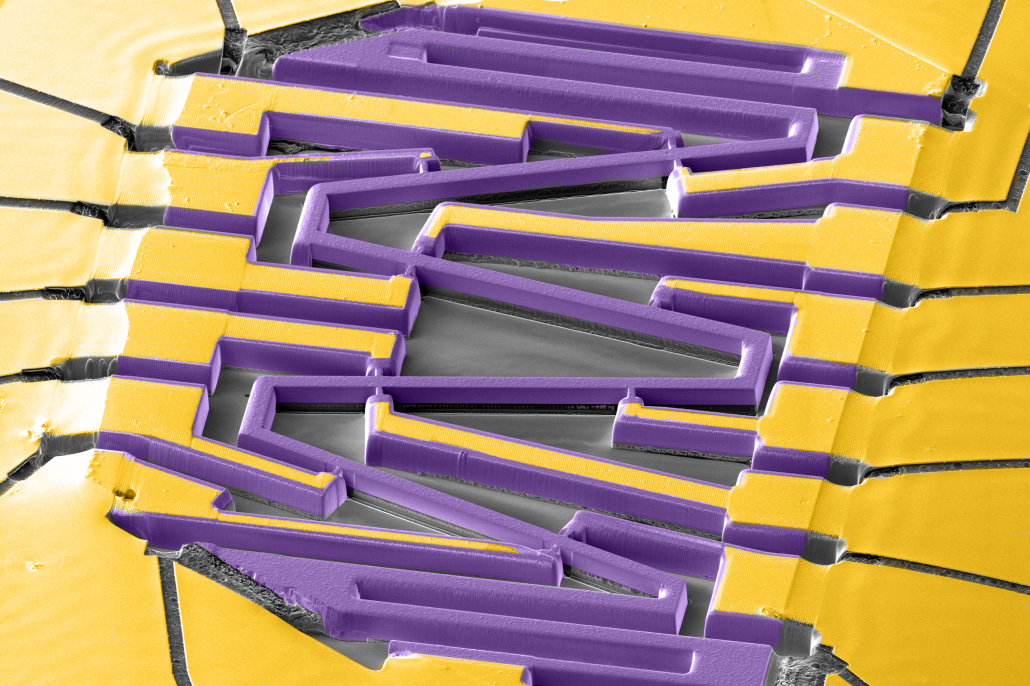
My academic track was focused on research so far. With my new tenure-track professorship at EPFL, teaching enters my life. I enjoy teaching students and this is actually a part of the job I am looking forward to. While exciting, I have never designed a course by myself, and this is a challenging experience for me. In research, I want to branch out from purely electric measurements, such as resistivity, and expand into thermodynamic measurements. My group plans to cut mechanical resonators such as springboards or tuning forks out of single crystal samples, such as heavy fermions or cuprates, and extract from the mechanical frequency of the object its elastic tensor. In addition, we study thermal transport in microdevices, by patterning heating and temperature sensing elements into the sample itself, eliminating the need to couple external elements to the sample. These two are examples of developments pushing materials characterization into the micron-scale. My dream to achieve one day would be to be able to fully characterize the thermodynamic, electric and magnetic response of a new material on a single, micron-sized sample. To me, these are exciting times in materials science as computational ab-initio materials discovery programs are becoming more and more powerful every year. I believe we will soon be confronted with uncountable proposals for new materials with interesting properties, both for fundamental science and technological applications alike, and their sheer number will require experimental technology to step up in efficiency, from material synthesis to material characterization. A standardized method to reliably measure physical properties on a micron-sized sample may be a suitable massively-parallel response to the massively-parallel materials discovery programs. Given that single-crystal research essentially is performed the same way since a century, it will be exciting to see how our field evolves and changes in the next 20 years.
- Which personality inspires you ?
This is a difficult question! You, me, everybody, we all have our strength and weaknesses. I was fortunate enough to encounter many interesting and inspiring people so far, and I strive to learn from their strengths. My PhD advisor at ETH, Bertram Batlogg, has a wonderful way of guiding students to discovery their curiosity. His motto is the famous quote “Education is not the filling of a pot but the lighting of a fire”. I certainly was ignited during my thesis, and I hope to create a similar environment for my students now. In general, I am inspired by researchers who challenge the accepted wisdoms of their fields. Many breakthroughs are then also linked to the scientists struggle to convince the community. Famous examples may be Warren and Marshalls claim linking heliobacter pylori to stomach ulcers or Gaim and Novoselovs (and others!) perseverance to achieve single atomic layers of carbon despite established wisdom this would be thermodynamically unstable. Of course, common wisdom is accepted for good reasons and mostly stands unchanged by such challenges. Nonetheless, I think we could use sometimes a bit more courage and creativity to try.
